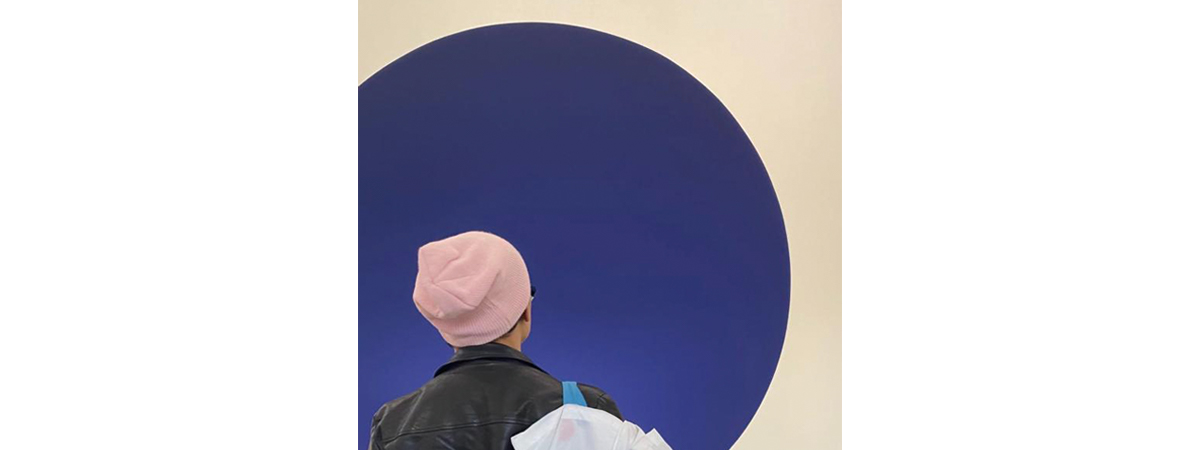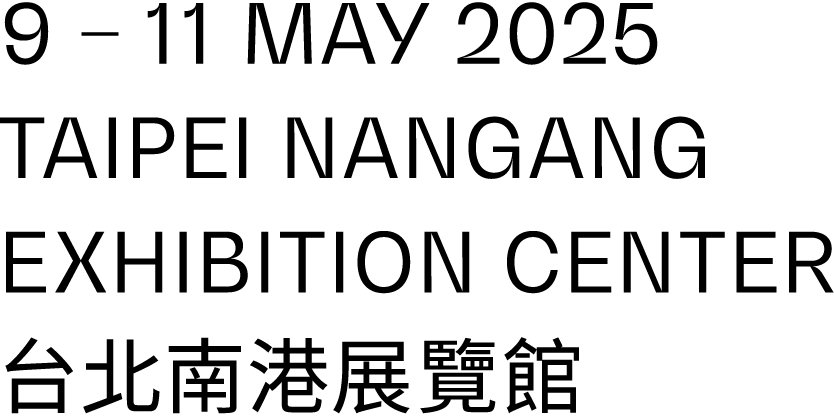Collecting Philosophy, Collecting Experience

Art definitely comes from life, but it doesn’t mean that we need to live our lives in an artistic way. Instead, Yao observes beauty in the details of everyday life, and, from there, builds a relationship with art. “If we pursue the depth of life, we naturally know what we should have in our lives. Art comes from life, it does not decorate life.”
Editor: Ying-Hsuan Tai
In the autumn of 1996, Yao coincidentally encountered the Sotheby’s auction preview at Eslite Dunnan, and acquired Zebra by artist Liu Chi-Wei, which kick started his journey of collecting.
Collecting art is an obsession, and an addiction. But, for Yao, it is not as impulsive as it seems. He has been interested in reading about art for years. Zebra, the painting by Liu Chi-Wei, is a visualization of the artist’s experience living in Africa, which was what attracted Yao in the first place. Yao has been passionate towards art since childhood. He loved drawing. Even though he didn’t continue to draw, he never stopped appreciating art. Art is something that supports him spiritually.
As a famous lyricist and a music producer, Yao was important figure in supporting the careers of many celebrities. At the peak of his career, work occupied most of his time, leaving him no space to breathe. More recently, Yao decided to take control over his own life. He moved to the quiet suburbs of Taipei. There, writing, music and art are part of his everyday life. Having more time for himself allows him to understand the true meaning of life.
Walking through History
The biggest influence that art collecting has on Yao Chienis that it encourages him to read more. Before collecting, he reads about art history, the backgrounds of artists, the era, philosophy and the literary context of art. The Penitent Magdalen by Peter Paul Rubens is a 17th-century painting Yao acquired this year. The painting was confiscated from the original owner, a Jewish collector based in Berlin, by the Nazi party during the Second World War, before entering the collection of a museum. When the descendants of the original owners of works like these cannot be traced, they are auctioned, looking for new owners. Yao is one of them.
Yao studied Rubens for years, which opened his interest towards Baroque painting, triggering him to rethink our relationship with history. Why did the painter choose the subject or composition? Was the purpose to serve royalty or religion? Asking questions about the artist and the era allows him to think about time and history. Art and its context are inseparable. We need to understand the context in order to see art clearly in the present. For Yao, art is the most honest form of history, “I believe history was written by winners. Only through art, you can see the real, personal history. This is the way I understand how people valued things in the past. The details are hidden in the paintings.”
Apart from the masterpieces from the West, Yao collects a variety of artworks, from classical to modernism, from postwar to contemporary, from sculpture to installation. Funakoshi Katsura, the Japanese sculptor, is one of his favorites. Yao first noticed his work in the 1990s. At the time, he was working in Japan. He saw a poster for one of Katsura’s exhibitions at a metro station, and decided to visit it. Since then, Yao collected Katsura’s exhibition catalogues, and, now, Yao owns a large sculpture of his. Katsura shows the elegance of human bodies, and also presents the souls inside. What attracts Yao is how Katsura is inspired by religion and myth, and how he looks at Western sculpture as an artist from the East. Both Buddhist forms and Western structures appear.
Yao also appreciates Antony Gormley. His work examines human nature, as well as our relationship with our surroundings. Present Time, installed in Yao’s backyard, is an extension of the classic series he made in the late 1980s. The work resembles a pair of human bodies. The two subjects are connected in a way that their bodies extend from each other at the spot where their heads should be, reminding us of the connection between our minds and actions.
Yao once mentioned that the way Gormley used his own body to measure the world is what he appreciates the most. In Gormley’s recent series of cast iron sculptures reflecting the digital era, even the appearance of the human body seems different from earlier works in which the body of the artist was still the fundamental unit. By combining and deconstructing geometry, the artist continuously explores the potential of sculpture, examining the relationship between body, time and space. These two sculptors invite Yao to cross time and borders, revisiting history and exploring how different cultures and aesthetics influence the ways artists think. Learning through art is one of the reasons Yao can’t stop collecting.
Combining Art and Life
Yao’s journey of collecting comesfrom his passion towards art, in everything from researching to taking care of the works. He has turned art into a part of his life. In recent years, he has spent most of his time travelling and reading, which is reflected in his art collection. Art definitely comes from life, but it doesn’t mean that we need to live our lives in an artistic way. Instead, Yao observes beauty inthe details of everyday life, and, from there, builds a relationship with art. “If we pursue the depth of life, we naturally know what we should have in our lives. Art comes from life, it does not decorate life.”
Through experiencing different cultures while travelling or through immersing oneself in books, Yao believes that our lives reflect how we think, which is never only about aesthetics. He believes that we should fully consider how we live our lives and our relationships with the world. Yao’scollecting philosophy is closely connected with time. The past is carried forward by art, and the present is created through collecting. The future depends on how we interact with the works. Through the eyes of artists, Yao believes that he can see a more vivid world than he can imagine.
References
A Person’s collection (2015), Yao Chien, published by Chinatimes
The interview with Yao Chien, December 2019
The interview with Yao Chien, YIT
Link: https://www.facebook.com/watch/?v=901067593412329
“Yao Chien: Collecting is based on reading. Art is the best crossover.”
Link: https://kknews.cc/culture/lnor4v9.html
Image courtesy: Yao Chien.



